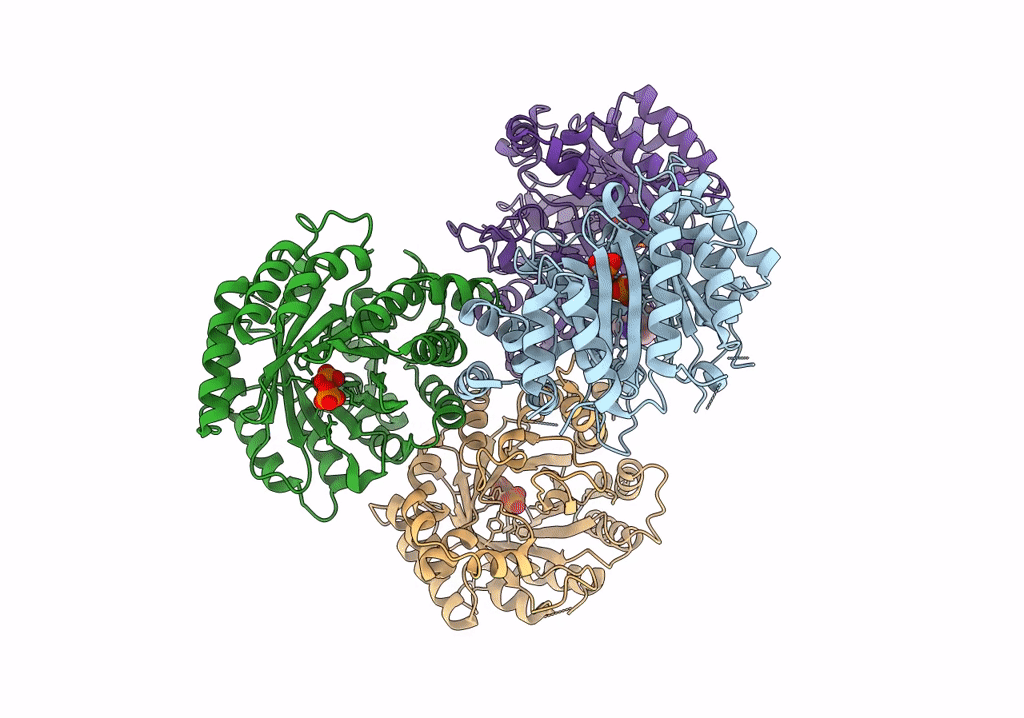
Deposition Date
2022-06-13
Release Date
2023-04-05
Last Version Date
2023-11-29
Entry Detail
Biological Source:
Source Organism:
Aspergillus fumigatus (Taxon ID: 746128)
Host Organism:
Method Details:
Experimental Method:
Resolution:
2.43 Å
R-Value Free:
0.23
R-Value Work:
0.21
R-Value Observed:
0.23
Space Group:
P 21 21 21


